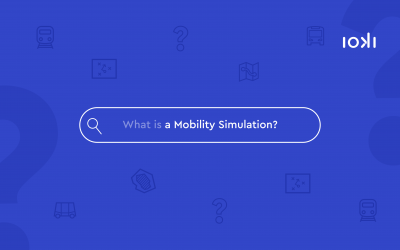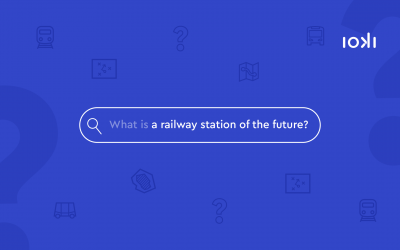Data is the basis and raw material for modern and digital mobility. Since 2009, mobility providers, infrastructure operators and transport authorities as well as information providers have been obliged to provide digital information on their mobility offers. This concerns static and dynamic data (so-called real-time data) of road traffic, regular public transport services, but also demand-oriented transport offers such as on-demand transport and sharing services.
The data helps to manage traffic flows in a more targeted manner and provides a detailed insight into the state of the infrastructure and the utilisation of vehicles. In addition, they are the basis for innovative apps and services that promote multimodal planning and use of several modes of transport. The resulting mobility data ecosystem is an important component for a sustainable and demand-oriented traffic turnaround. According to the Federal Ministry for Digital and Transport, the exchange of mobility data is not limited to the national level, but will in future enable the cross-border provision of multimodal travel information throughout the EU. Based on European security and data protection standards, a secure cloud-based infrastructure is being created in public hands. For this purpose, the data will be made publicly available via open data for all and can be freely re-used.
Basis for seamless and intermodal mobility
According to the Federal Ministry for Digital and Transport, the Mobilithek itself is not an information system for travellers and transport users – rather, it creates the basis for such information services to be created in the future. The shared data in digital apps and services is intended to help achieve a mobility turnaround that is
- sustainable
- efficient
- inclusive and barrier-free.
With the Mobilithek, intelligent infrastructures and means of transport can provide real-time traffic data now and in the future. This is an important basis for flexible and intermodal transport planning and the linking of the most diverse mobility offers.



